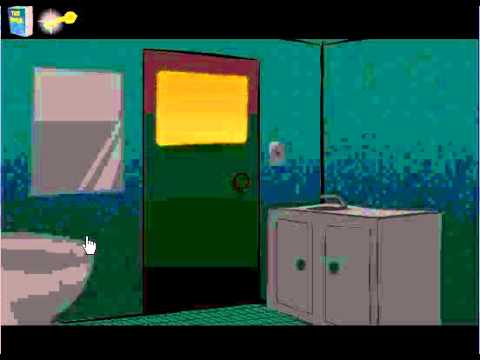
#Betrapped walkthrough Offline#
I had planned this trip so well, even saving an offline map and testing out the map in an area near my house. Cursing my Internet service provider and the municipal corporation for the timing of its infrastructure projects, I wished I had just kept it simple and tried to retrace my first taxi journey. I was driven round and round by the feature which tells you where to go until the next turn. Possibly making the worst decision of my life, I chose to put my faith in Google Maps and 2G internet connection. I wasn’t in any rush for this leg of the journey - after all, the only thing that awaited me at home was homework.

Once in the taxi, I sat back, lazily content to have avoided Mumbai’s traffic until I realized I had an interview and frantically began to look over my notes.Īfter a brief assembly line interview at Starbucks, I decided to walk back to Parel Station in order to save the cab fare. The first part of my trip was nerve-wracking but manageable - I took a local train to Parel Station and felt distinctly overdressed.įlagging down a taxi at the station was a bit more difficult, as I stood in about ten different places, getting in the way of a fruit seller balancing his wares on his bike and a car speeding down a highway. I had never been to South Bombay on my own. I was in love with my walks until the day I was called for a college admissions interview. My short journey down the road to the bus stop every morning, as I expertly sidestepped speeding school buses, was a chance to clear my head between home and school - to escape. Walking in the monsoon was the best feeling in the world: if I didn’t notice the mud, and all I could see was greenery as I inhaled the refreshingly clean air. My favorite time to walk was during the rainy season.

#Betrapped walkthrough how to#
I’m not sure whether it was the fact that I got older, or the fact that that my parents got bored of taking me everywhere, but once I knew how to read the road signs, buy tickets from bus conductors, and argue for change with shopkeepers, I was allowed to venture out on my own. Mumbai’s crowded roads were quite different from Aurora’s deserted ones: You were more likely to die on the noisy, narrow roads by collision with the speeding motorbikes and rickshaws than by way of a lone car that didn’t brake at the stop sign. While he sprinted, I preferred to walk ahead at a more leisurely pace.Ī few years later my family relocated across the Atlantic Ocean. One night, as I finished the last berry, I watched in fascination as Usain Bolt ran past the finish line that fateful night at the Olympics.

Weekend walks were the best because we’d get to finish the raspberries we’d bought on Saturday shopping trips when we came home. Don’t worry.” Living in my town’s residential area, I never left the house alone except to walk down the street to the bus stop the idea of going solo filled me with dread. My mother did, sometimes, and before she left, she’d say wryly, “If anyone shoots me because I’m a suspicious-looking brown lady, you know the route I take. In all of these memories, I am always accompanied by my family members.

It was always a source of comfort to tread those paths, racing my sister through the balmy summer air, narrating a book in intricate detail to my mother, or laughing as we slipped on ice in the winter. It was always the same route around our subdivision - first the secret path along the lake, where we’d swat gnats out of our faces, then through the Shenandoah Drive playground, past a pond overtaken by reeds, along a small path that led to the elementary school, all the way to the main street past CVS, and down Eola Road back home. But every night we took a walk with our parents. We weren’t old enough to play outside without supervision, and we spent most days cooped up inside with books from the public library. In my hometown of Aurora, Ill., my sister and I never got out much. “No more than ten steps ahead,” my father warned us as we walked into the night.


 0 kommentar(er)
0 kommentar(er)
